Table of Contents
Introduction
Let's face it, your cat probably has a favorite toy that's seen better days, likely discarded after five minutes in favor of the box it came in. Or maybe you’ve spent a small fortune on fancy gadgets only to watch them gather dust while your feline overlord bats a dust bunny around. It's a common scenario. Beyond the cost, however, lurks a more serious concern: are those store-bought toys actually safe? Tiny plastic eyes, loose strings, questionable materials – they can pose real risks to your furball. This is where the appeal of safe homemade cat toys comes in. Crafting toys yourself gives you complete control over materials, ensuring everything is non-toxic and securely attached. It’s cheaper, sure, but it also offers a unique way to bond with your pet and provide enrichment tailored specifically to their quirks. We’ll walk through identifying safe materials already lying around your house, tackle a few ridiculously simple projects you can make in minutes, discuss crucial safety checks you absolutely cannot skip, and even explore some slightly more involved but still easy ideas. Forget the expensive, potentially hazardous aisle; let's make some genuinely safe homemade cat toys that will actually get played with.
Why Your Cat Needs Safe Homemade Cat Toys
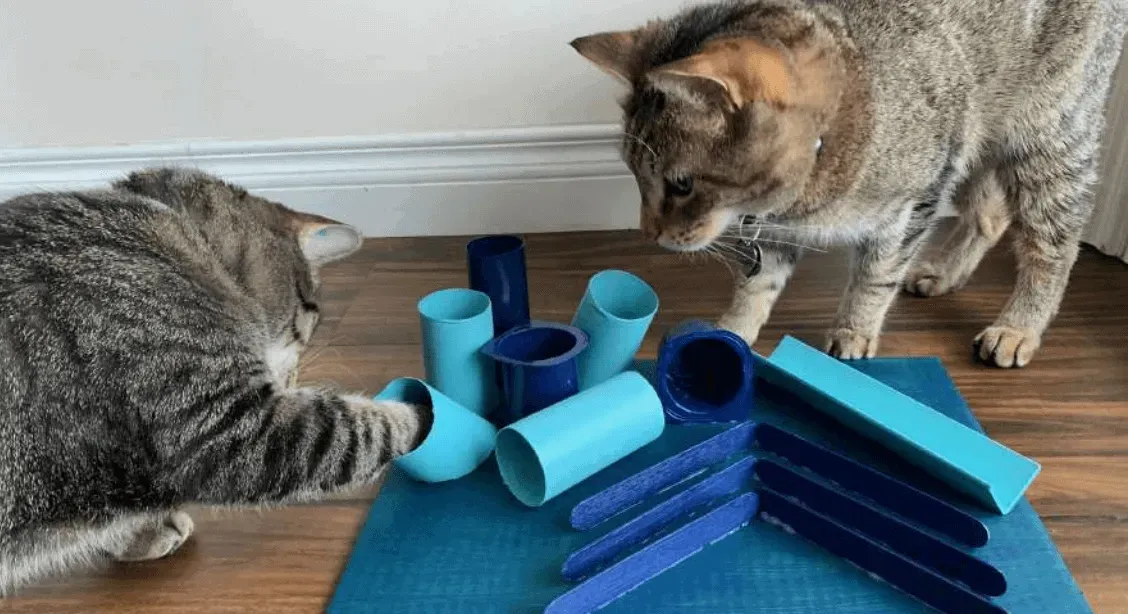
Why Your Cat Needs Safe Homemade Cat Toys
Sorting Materials for Safe Homemade Cat Toys
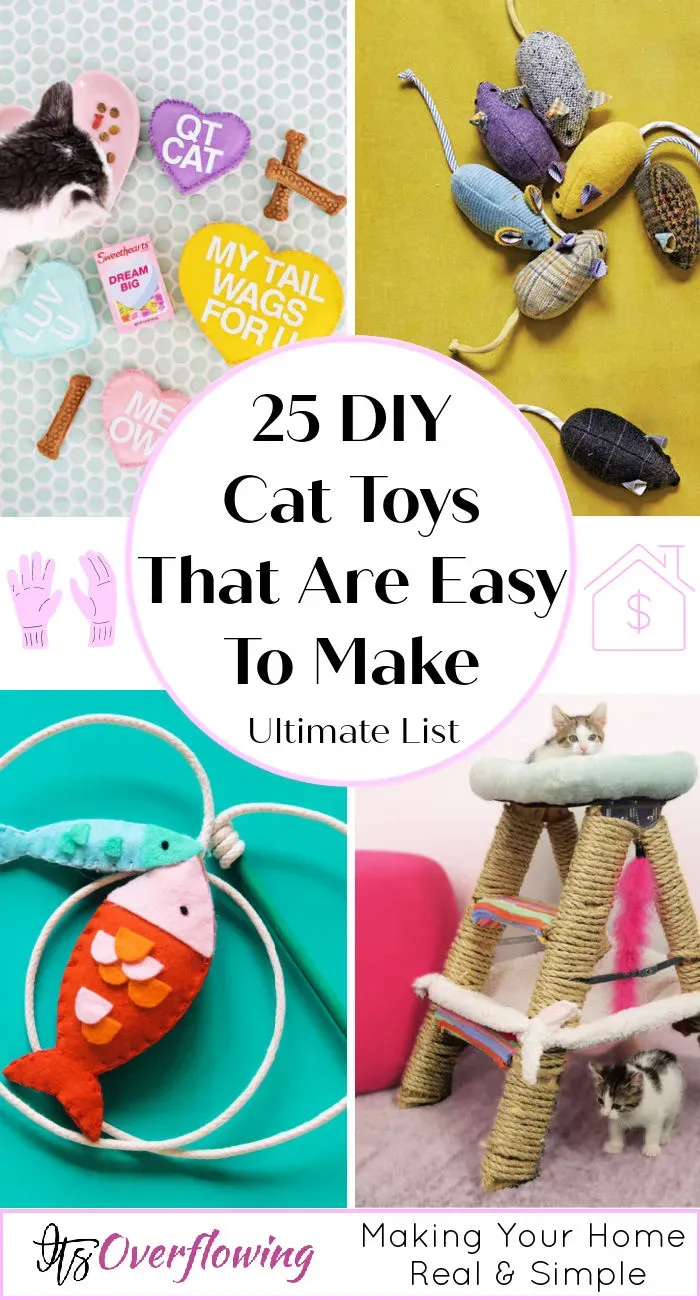
Sorting Materials for Safe Homemade Cat Toys
Easy Safe Homemade Cat Toys You Can Craft Fast
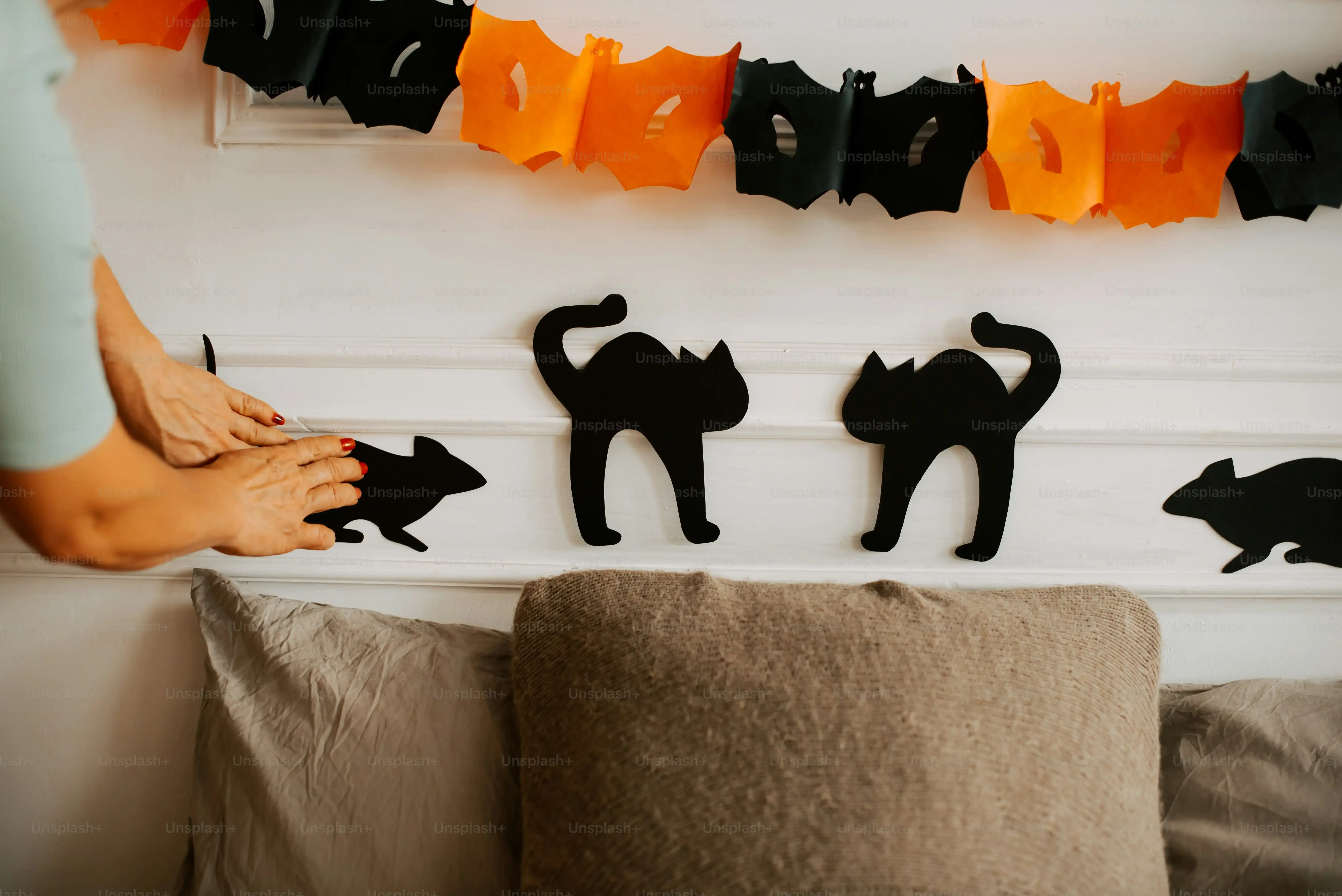
Easy Safe Homemade Cat Toys You Can Craft Fast
Felt Scraps and String
Alright, so you've got your safe materials sorted. Now, let's make something your cat will actually chase that doesn't require an engineering degree or a trip to a specialty craft store. One of the easiest safe homemade cat toys involves felt scraps. Cats love the texture, and you can get a decent amount of mileage out of even tiny pieces. Cut some felt into strips or small shapes – think little fish or random geometric blobs. Grab some sturdy cotton string, nothing thin that can break easily. Punch a small hole in the felt shapes or tie the string around them securely. Knot the string multiple times so it won't unravel. You now have a simple, dangling toy they can bat or you can drag around the floor. It takes about two minutes, maximum.
The Mighty Cardboard Tube
This one is almost ridiculously simple, which is why it's perfect for making safe homemade cat toys in a hurry. You know those empty paper towel or toilet paper rolls? Those are prime cat entertainment waiting to happen. Just make sure there's no leftover glue or paper stuck to the inside edges. You can toss a few dry kibble pieces or small treats inside and fold in the ends to create a puzzle toy. Or, cut rings from the tube – cats often enjoy batting these simple rings around like hockey pucks. No cutting? Just present the tube itself. Many cats will just stick their heads in, bat it, or try to destroy it. It's cheap, it's effective, and it's already in your recycling bin. What's the appeal of a plain cardboard tube to a creature with such refined tastes? Your guess is as good as mine. Maybe it's the echo, maybe it's the texture, or maybe they just like proving that your expensive cat condo was unnecessary.
- Simple felt dangler
- Cardboard tube treat dispenser
- Cardboard tube rings
- Knotted old sock
- Paper bag rustler (handles removed!)
The Classic Sock Knot
Got an old sock that’s lost its mate? Perfect. As long as it’s clean and made of a breathable, natural material like cotton, it's a potential safe homemade cat toy. Avoid synthetic socks that might stretch and pose a strangulation risk if a cat gets tangled. You can stuff the sock with other fabric scraps or even a bit of catnip (if your cat is into that – some aren't, and that's fine). Then, simply tie a few secure knots along the length of the sock. These knots give the cat something solid to grip and chew on. It's a satisfyingly simple toy they can bunny-kick, carry around, or just gnaw on. Again, check for holes first. A sock with a hole quickly becomes a string hazard.
Regular Checks Keep Your Safe Homemade Cat Toys Safe
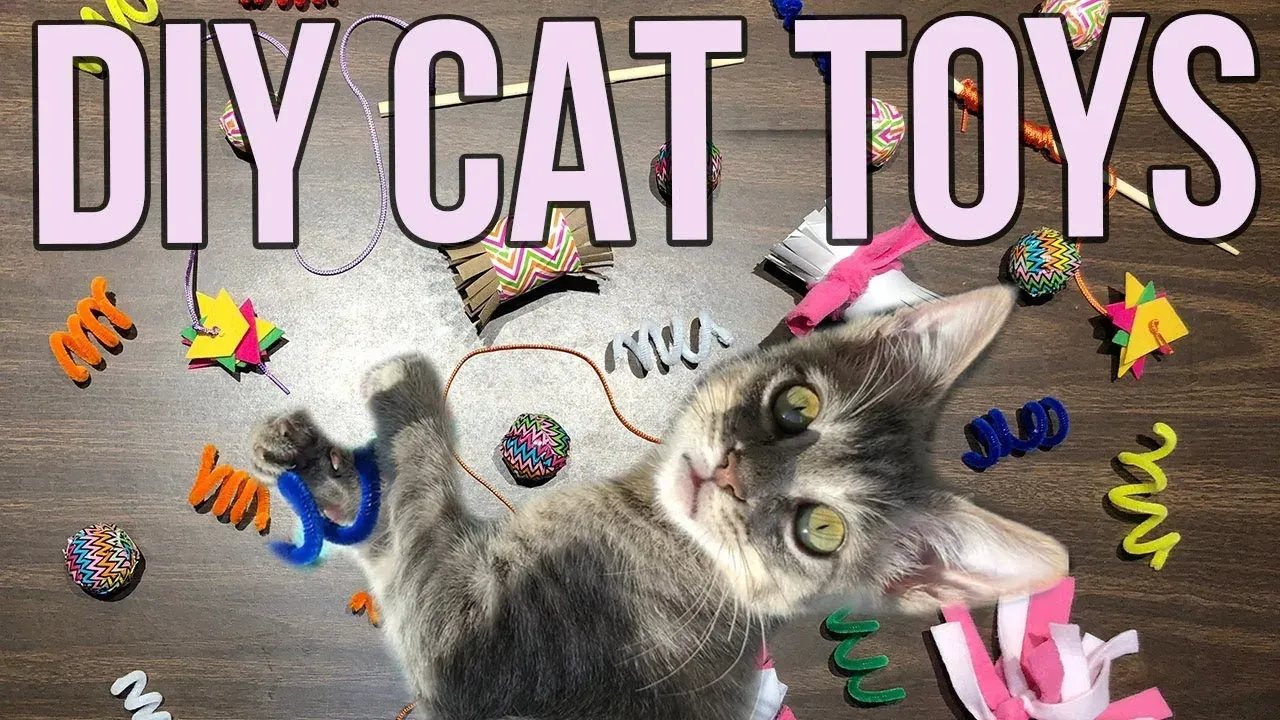
Regular Checks Keep Your Safe Homemade Cat Toys Safe
Why You Can't Just Set It and Forget It
You made these awesome safe homemade cat toys. You feel like Parent of the Year. Great. Now comes the less glamorous but absolutely critical part: inspecting them regularly. Think of it like checking your car tires – you wouldn't just trust they'll be fine forever, right? Cats are surprisingly effective at destruction, especially when they're really enjoying a toy. String can unravel, knots can loosen, and even sturdy fabric can wear thin. A toy that was perfectly safe five minutes ago can become a hazard if a piece comes loose or a thread starts to fray. Ignoring this step is like building a fence but leaving the gate wide open. All that effort making safe homemade cat toys goes right out the window if you don't maintain them.
What to Look For and When to Toss It
So, what are you actually looking for during these inspections? Get up close and personal with those safe homemade cat toys. Check for any loose threads or strings that could wrap around a paw or be swallowed. Feel for any small pieces that might be coming detached, like felt shapes on a string or bits of stuffing poking out. Examine seams on fabric toys – if they're splitting, the stuffing inside becomes accessible, and trust me, you don't want your cat eating stuffing. For cardboard toys, check for excessive wear or pieces that are about to break off. How often should you do this? Honestly, a quick look before and after playtime is ideal. For heavily used favorites, make it a daily habit. If you spot anything questionable – a loose thread, a tear, a piece about to fall off – don't hesitate. Snip the thread, repair the seam, or, if it's beyond simple repair, toss it. A slightly damaged toy isn't worth the risk. It's better to make a new safe homemade cat toy than deal with an emergency vet visit because of a swallowed string. What makes a toy go from "safe" to "scrap"?
- Loose threads longer than an inch
- Any small pieces detaching
- Splitting seams
- Excessive fraying
- Sharp or hard edges appearing on cardboard
Beyond the Basics: Creative Safe Homemade Cat Toys
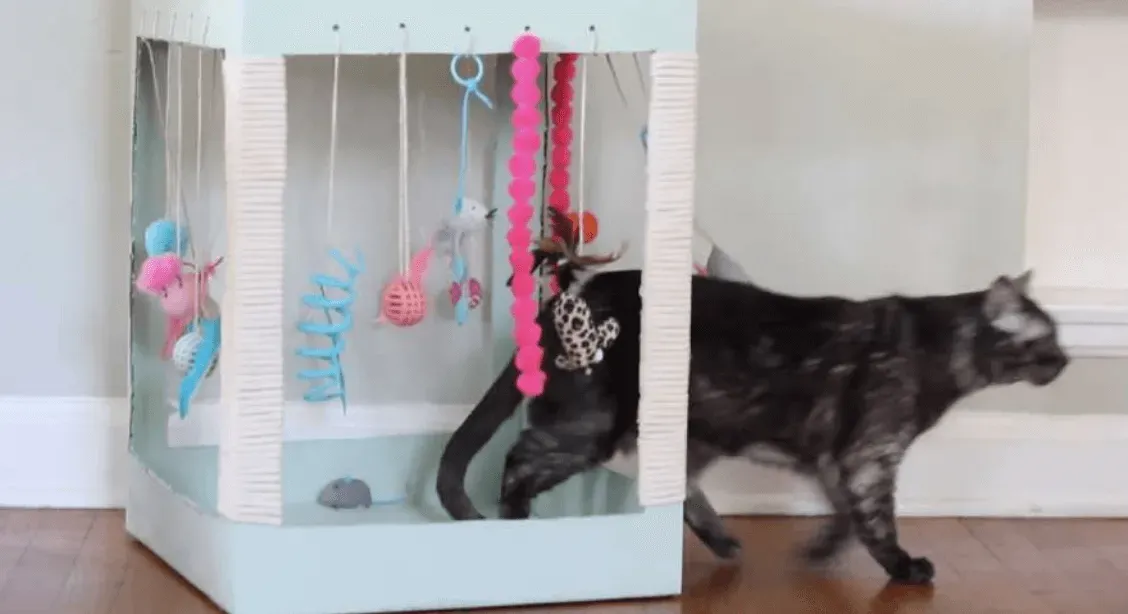
Beyond the Basics: Creative Safe Homemade Cat Toys
Building a Cardboard Fort of Fun
you've mastered the simple stuff. Ready to level up your safe homemade cat toys game just a tiny bit? Let's talk cardboard boxes. Not just batting them around, but actually *building* something. Grab a few different sized boxes – cereal boxes, shipping boxes, whatever you have. Cut some holes in the sides, large enough for your cat to comfortably get in and out, but maybe a few smaller ones too for batting paws through. Connect the boxes with packing tape (make sure the sticky side isn't exposed inside). You can create tunnels, multi-level forts, or just a simple box with strategic peek-a-boo holes. It’s like architectural design, but for a client who appreciates crinkles and confined spaces. This provides hiding spots, climbing opportunities (if you stack them securely), and scratching surfaces all in one, proving safe homemade cat toys can be more than just danglers.
Interactive Wonders with Household Goods
Moving beyond static objects, you can create interactive safe homemade cat toys using things you already own. Think about a sturdy stick or a wooden dowel. Securely tie a length of strong cotton string to one end. On the other end of the string, attach something enticing and safe – maybe a felt shape, a tightly knotted piece of fabric, or even a large feather (ensure it's securely attached and won't shed small pieces). This creates a "fishing rod" toy. You control the movement, mimicking prey, which is fantastic for engaging their hunting instincts safely. Just remember the rule: put it away when you're done playing so they don't chew on the string unsupervised. Another idea? A paper bag labyrinth. Open up a large paper grocery bag, cut out the bottom, and lay it flat. Cut random holes and slits in it. Place a few treats inside, scrunch it up slightly, and let them explore and hunt. What's the point of all this crafting?
- Provides mental stimulation beyond just chasing.
- Offers safe outlets for natural hunting behaviors.
- Creates bonding opportunities during interactive play.
- Saves money compared to buying complex toys.
- Ensures materials are safe and non-toxic.
Keeping Playtime Safe and Sound
So, we've covered why whipping up safe homemade cat toys beats the mystery meat of the pet store aisle, how to scout your place for suitable, non-sketchy materials, and knocked out a few easy projects. We also touched on the absolute necessity of keeping an eye on these creations – because even the safest toy can become a hazard if it starts falling apart. Making your own toys isn't just about saving a few bucks or avoiding plastic bits; it's about providing stimulating, secure entertainment for your cat using stuff you trust. It's a practical step towards a happier, healthier feline life, one pipe cleaner, old sock, or cardboard tube at a time.